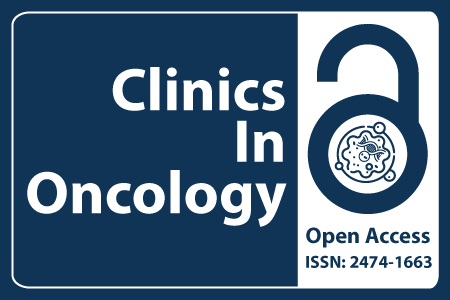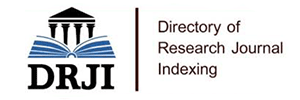
Journal Basic Info
**Impact Factor calculated based on Google Scholar Citations. Please contact us for any more details.Major Scope
- Colon Cancer
- Haemato-Oncology
- Lymphoma
- Central Nervous System Tumors
- Blood Cancer
- Hematology
- Kidney Cancer
- Targeted Therapy
Abstract
Citation: Clin Oncol. 2020;5(1):1683.DOI: 10.25107/2474-1663.1683
Long Term Outcomes of Stereotactic Body Radiotherapy as a Bridge to Liver Transplant for Hepatocellular Carcinoma Patients
Jay C Shiao, Richard L Crownover, Alonso N Gutierrez, Nikos Papanikolaou, Jorge Lopera, Glenn A Halff, William K Washburn, Abhilasha Patel, Alan Zhu, Anna Harris, Mark Bonnen and Zheng Shi
Department of Radiation Oncology, University of Colorado Anschutz Medical Campus, USA Departmenf of Radiation Oncology, Mays Cancer Center, UT Health San Antonio MD Anderson Cancer, USA Department of Radiation Oncology, Miami Cancer Institute, Baptist Hospital, USA Department of Radiology, UT Health San Antonio, USA UT Transplant Center, Mays Cancer Center, UT Health San Antonio MD Anderson Cancer Center, USA Transplant Center, Ohio State University, USA Department of Radiation Oncology, Texas Oncology-Houston Willowbrook, USA Premed Program, Washington University in St. Louis, USA Department of Radiation Oncology, Tanner Medical Center, USA
PDF Full Text Research Article | Open Access
Abstract:
Purpose: To determine the radiographic and pathologic response of Hepatocellular Carcinoma (HCC) lesions treated with Stereotactic Body Radiotherapy (SBRT) in a series of liver transplant candidates. Methods: We retrospectively reviewed 17 liver transplant candidates from December 2008 to December 2013 with discrete HCC lesions treated with SBRT. Lesions were reviewed for Maximum Tumor Dimension (MTD) at time of simulation, at last imaging before transplant, and in the explanted liver. Radiographic LC of the treated lesion was defined as stable or decreasing MTD on imaging as evaluated by RECIST 1.1. Pathologic Control (PC) was defined as stable to decreased size in MTD and/or no viable tumor present. Results: All patients were male; median age of 57 years. Among the 12 patients transplanted, there were 17 lesions treated. Median MTD was 3.6 cm (1.1 cm to 6.1 cm). Median time to transplant from radiation treatment was 9 months (2-18 months). Eight lesions (47%) had no evidence of viable tumor on pathology. Radiographic LC and PC were achieved in all 17 lesions. The median follow-up was 75.6 months and the 5-year overall survival was 58.3%. All patients had no evidence of disease. Of the 5 candidates that received SBRT and did not make it to transplant, all lesions had LC. No patient experienced radiation-induced liver disease. Conclusion: SBRT for HCC lesions in transplant candidates is an effective means of LC with successful bridging to transplant. Radiologic assessment subsequent to SBRT correlated with pathologic findings after transplant
Keywords:
Stereotactic radiotherapy; Hepatocellular carcinoma; Liver transplant; Bridging therapy
Cite the Article:
Shiao JC, Crownover RL, Gutierrez AN, Papanikolaou N, Lopera J, Halff GA, et al. Long Term Outcomes of Stereotactic Body Radiotherapy as a Bridge to Liver Transplant for Hepatocellular Carcinoma Patients. Clin Oncol. 2020;5:1683.













